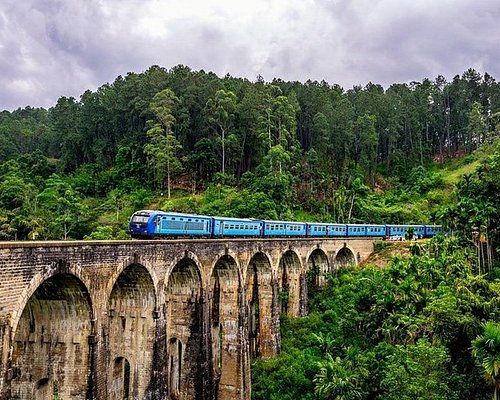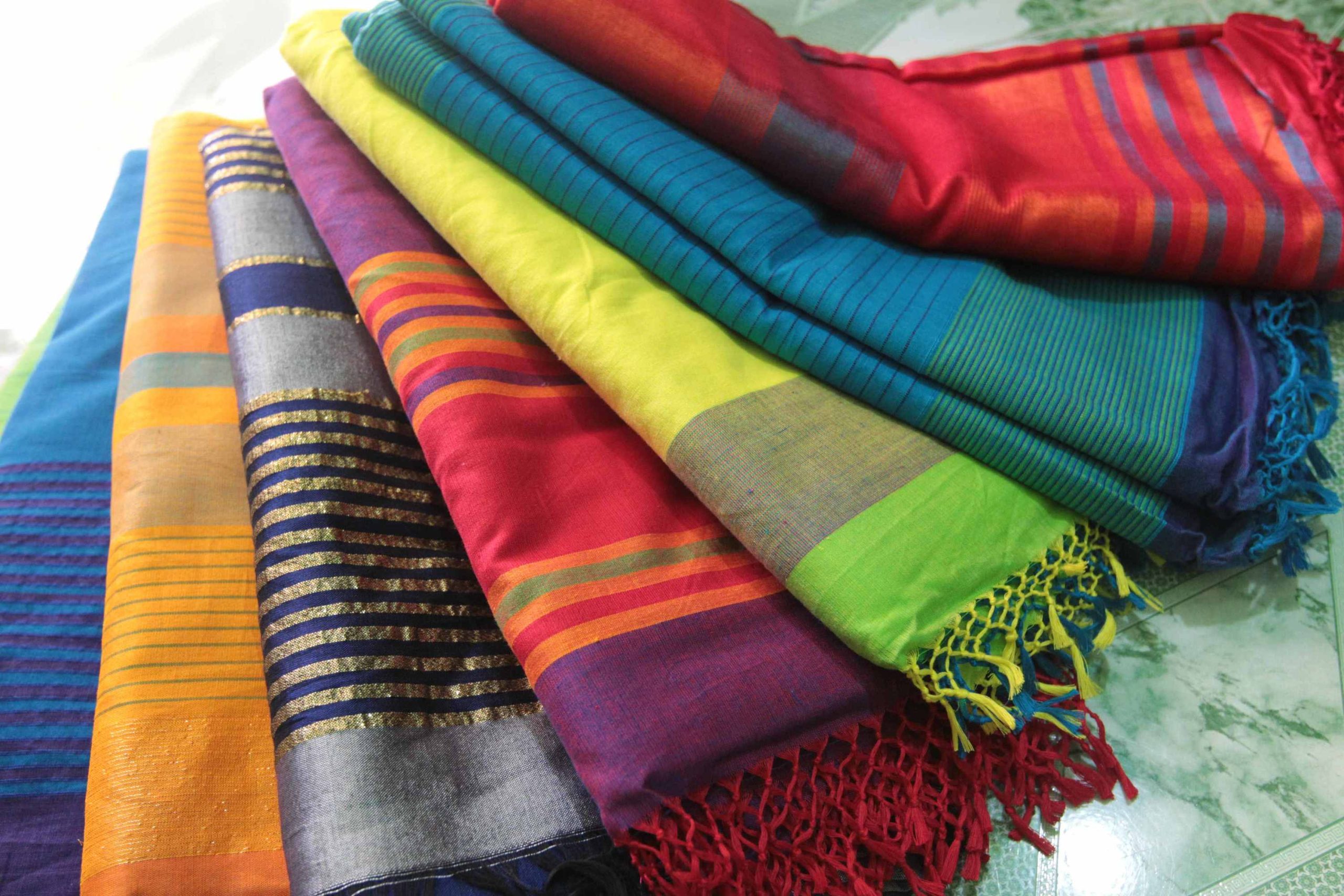
About Uva
The social and historical heritage of Uva represents a collection of special milestones in its long and rich socio-political progression. While modern Uva is administratively divided into Badulla and Monaragala districts, there is ample historical evidence that its ancient geographical extent spread across a much larger area. The region possesses cultural, artistic, historical, and socio-political capabilities unmatched by any other region in the country.
The prehistoric settlements of Uva are intrinsically linked with the early stages of human evolution in Sri Lanka. According to scientific discoveries made so far, the earliest representations have been confirmed through Paleolithic and Mesolithic stone tools and other artifacts found in areas like Maddolsima, Bandarawela, Ravana Falls, Bibila Nilgala Cave, and Haputale. The cross-edged bone fragment tools discovered from Ravana Falls and Nilgala sites are similar to tools from the wet zone dated approximately 28,500 and 12,500 years ago.
Uva is also rich in evidence of settlements from the pre-historic era, when early Sri Lankan groups transitioned from forest-dwelling to agricultural civilizations. Particularly significant are the findings from two burial grounds at Haldummulla and Kheragala, preliminarily dated between 2400-450 BCE.
During the early Anuradhapura period, Uva was part of Ruhuna (the southern kingdom). However, during much of the Anuradhapura and Polonnaruwa periods, it served as both a sanctuary and battleground for rulers of the two regions it separated: the Rajarata civilization and the Ruhuna sub-kingdom.
The central Buddhist sites of Uva - Mahiyangana and Mutiyangana - are connected to legendary historical accounts of Buddha's visits to Lanka. These temples, along with Kataragama, Buttala Happoruwa, and Wilatgoda, are among the sacred grounds where Ashta Phalaruha (eight-fruit bearing) and Thirty-two Phalaruha Bodhi trees were planted as part of Sri Lanka's great Bodhi tree culture.
In early Anuradhapura times, Uva was known as Huvavakannika. Many kings of the Anuradhapura kingdom, such as Devanampiyatissa (250-210 BCE), Dutugemunu (161-137 BCE), Saddhatissa (137-119 BCE), and Jetthatissa I (263-273 CE), along with the royalty of Ruhuna, made significant contributions to Uva's social culture. The main route connecting Rajarata and Ruhuna ran through Uva's settlements and checkpoints, and by around the 11th century, this region became known as Huva (Huva Rattha).
After King Mahinda V was captured in 1017 CE and the Rajarata civilization became part of the South Indian Chola Empire, natives chose areas like Govinda Hela and Minipe in Uva as their refuge.
In 1070, King Vijayabahu I (1054-1110) led his main army through Uva's regions via Mahiyangana, east of the central highlands, to liberate Rajarata from Chola rule. After his coronation in 1072-1073, his development projects included renovating Mahiyangana Temple, Uruwela Temple, and the pilgrimage route through Uva to Sri Pada (Adam's Peak).
During King Parakramabahu the Great's early reign (1153-1186) in Polonnaruwa, specifically between 1156-1157, he faced opposition from Queen Sugala, mother of Prince Manabharana. Their prolonged battles spread across Uva's mountainous terrain and eastern slopes.
When Rajarata civilization was permanently abandoned in the 13th century and the kingdom's center shifted to the southwestern urbanized areas, Uva's residents pledged allegiance to regional chiefs known as Vanniyars, though during the vibrant Kotte period, Uva and Bintenna became two of the king's administrative regions.
Uva was under the rule of Sitawaka Rajasinha I (1554-1593) for some time. From the 15th century, the up-country highlands, including several areas of Uva, developed as a separate administrative region under a different royal lineage. In October 1594, when King Vimaladharmasuriya I secured his kingdom through victory against the Portuguese at Danture, Uva's forces earned great honor, and from the inception of the Kandyan kingdom, Uva became one of its main administrative regions.
Although Vidiye Bandara Kumara of Uva was the main opponent of King Senarat (1604-1635), his death secured Senarat's supremacy. Just as Ruhuna had been important as the crown prince's domain during the Rajarata civilization, Badulla in Uva gained similar importance during the early Kandyan kingdom.
In 1630, during Senarat's reign, Portuguese Captain-General Constantino de Sá de Noronha led an invasion of the Kandyan kingdom, reaching as far as Badulla. The Sinhalese of Uva, preferring guerrilla warfare tactics, achieved a historic victory known as the Battle of Randeniwela on August 24-25, 1630, completely destroying the Portuguese forces including their Captain-General.
After this battle, Prince Kumarasinha, son of King Senarat, became the sub-king of Uva. However, after he was killed by his half-brother Raja Sinha II (1629-1687), Uva became a major administrative district of the Kandyan kingdom. Uva's population played crucial roles in many political developments, including the conspiracies against King Viraparakrama Narendrasinha around 1709 and against King Kirti Sri Rajasinha in 1760.
When Sri Lanka became a British colony in 1815, Uva received a Deputy Agent (Resident Representative) of the Governor. The Uva-Wellassa Independence Struggle against the British began in October 1817 from Uva's eastern highlands, driven by native dissatisfaction with foreign rule and desire to protect ancient institutions and traditions. By February 1818, this national liberation struggle had spread across many Kandyan regions.
The British response was devastating for Uva:
- 17 frontline community leaders were branded as traitors
- According to British counts, around 10,000 natives were killed
- Settlements, farmlands, traditional industries, and community life suffered immeasurable damage
- The region was so thoroughly burned that some English writers described Uva as becoming like an artificial desert
- The area was neglected for about 70 years until February 5, 1886, when Gazette No. 4711 finally recognized it as a separate administrative province
Badulla, which once housed the Kandyan Deputy King's palace complex, became the British agent's administrative and military stronghold, later expanding to include government offices, police, and courts.
For administrative ease, Uva was divided into seven units:
- Bintenna
- Wellassa
- Viyaluwa
- Buttala
- Wellawaya
- Udukinda
- Yatikinda
These were further subdivided into 30 Korales and 162 Arachchi Wasams.
The modern administrative evolution included:
- Until 1931: Uva was one electoral district
- 1931-1947: Three constituencies (Badulla, Bandarawela, and Bibila)
- 1946 reform: Expanded to six constituencies
- 1960: Divided into two administrative districts - Badulla and Monaragala
- 1976: Further reorganized into 12 electoral divisions
This careful administrative evolution reflects Uva's continuing importance in Sri Lanka's political and social landscape, despite the hardships it endured during colonial times.

